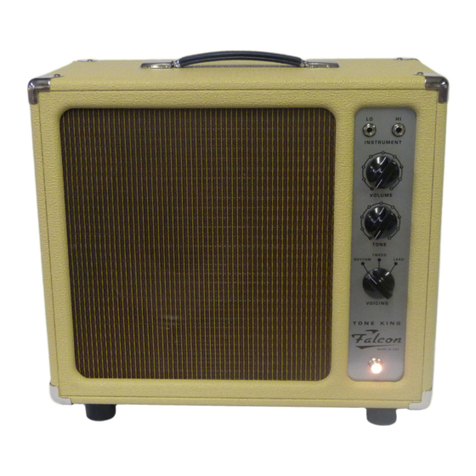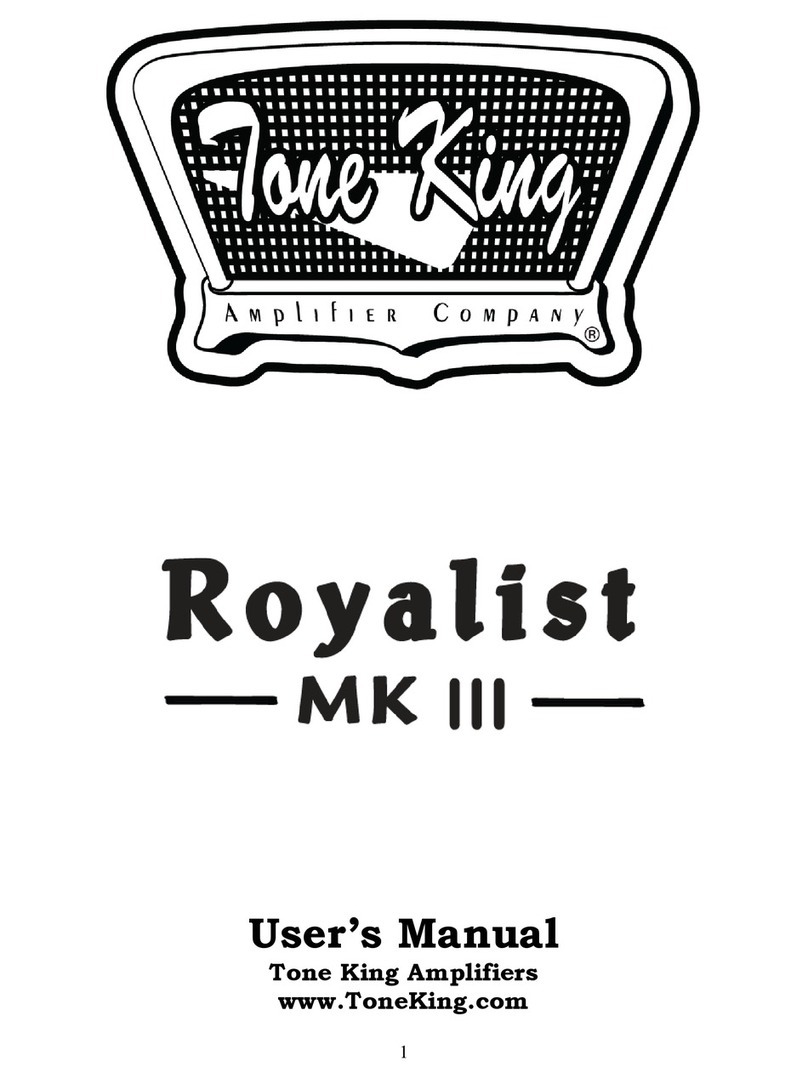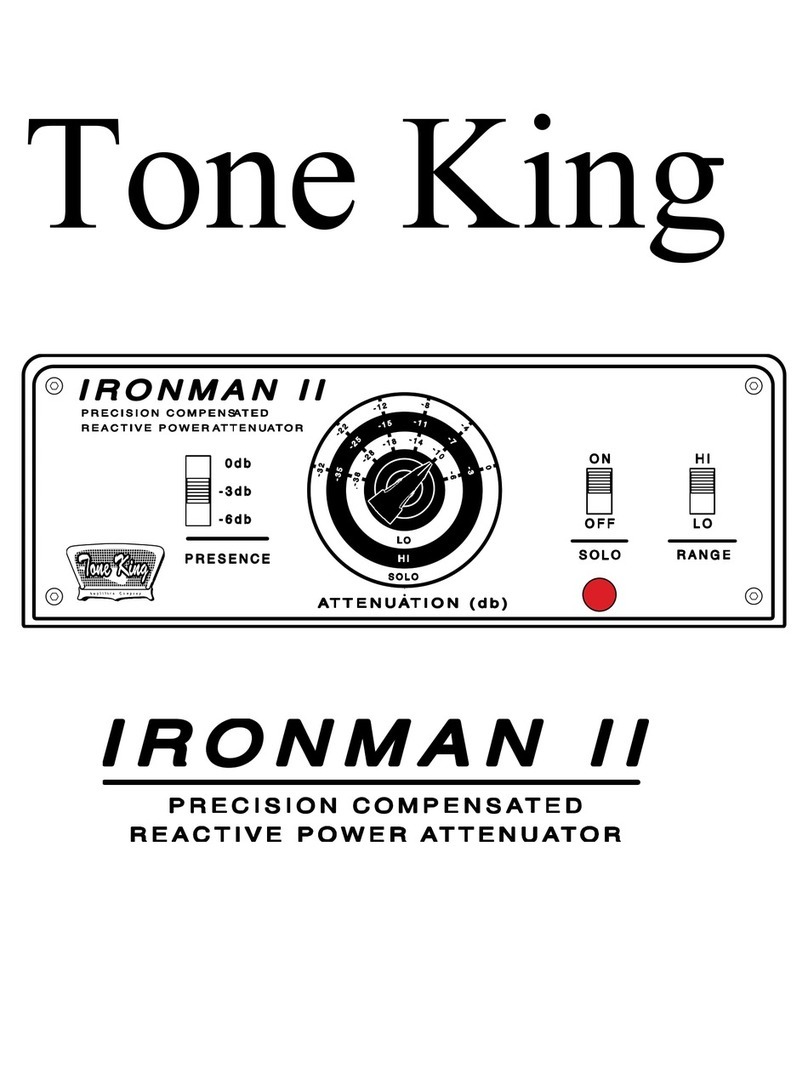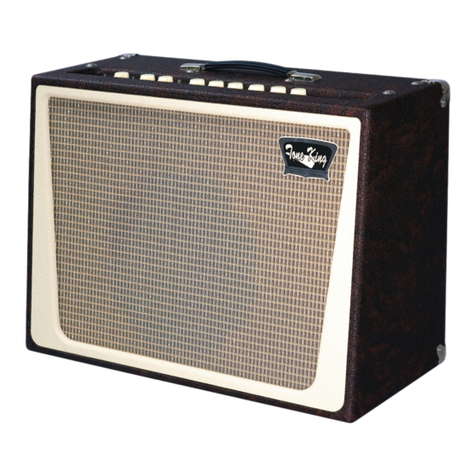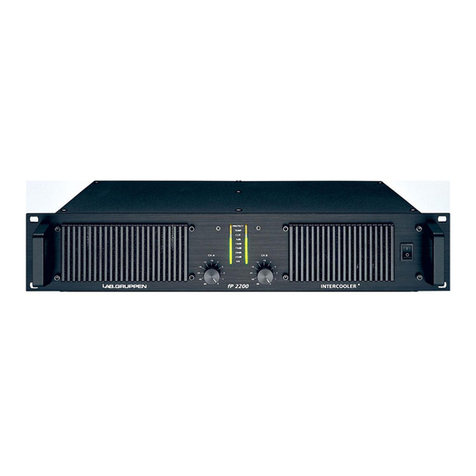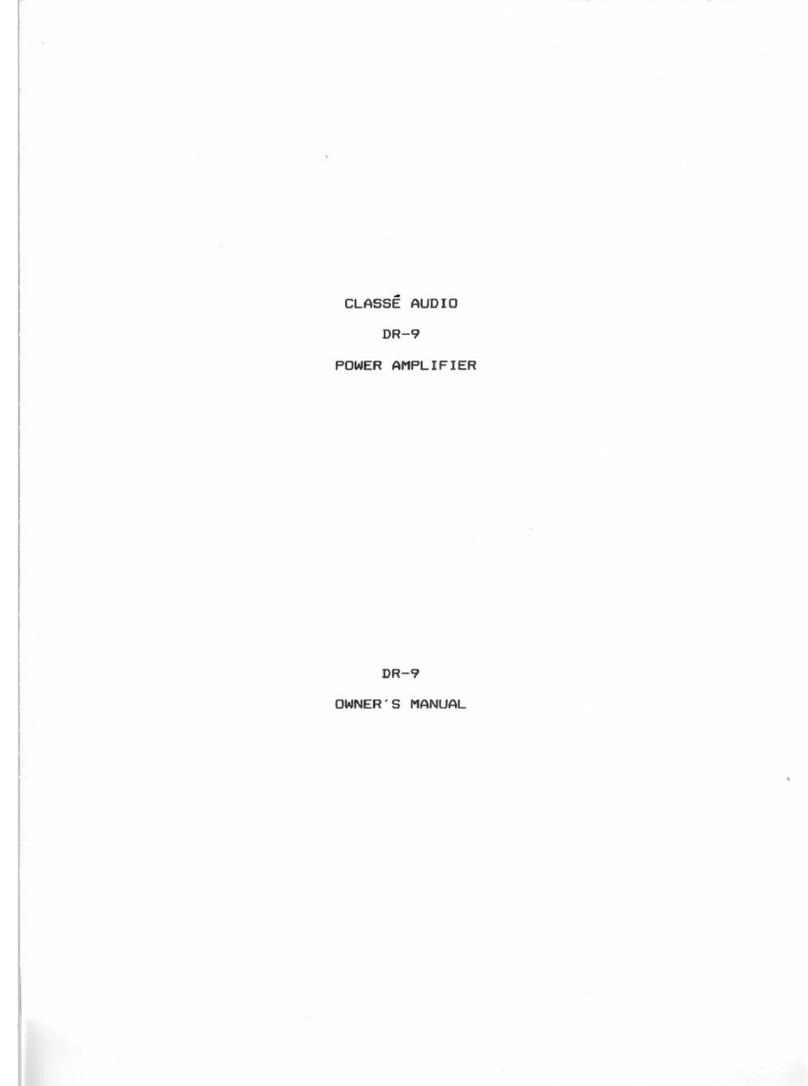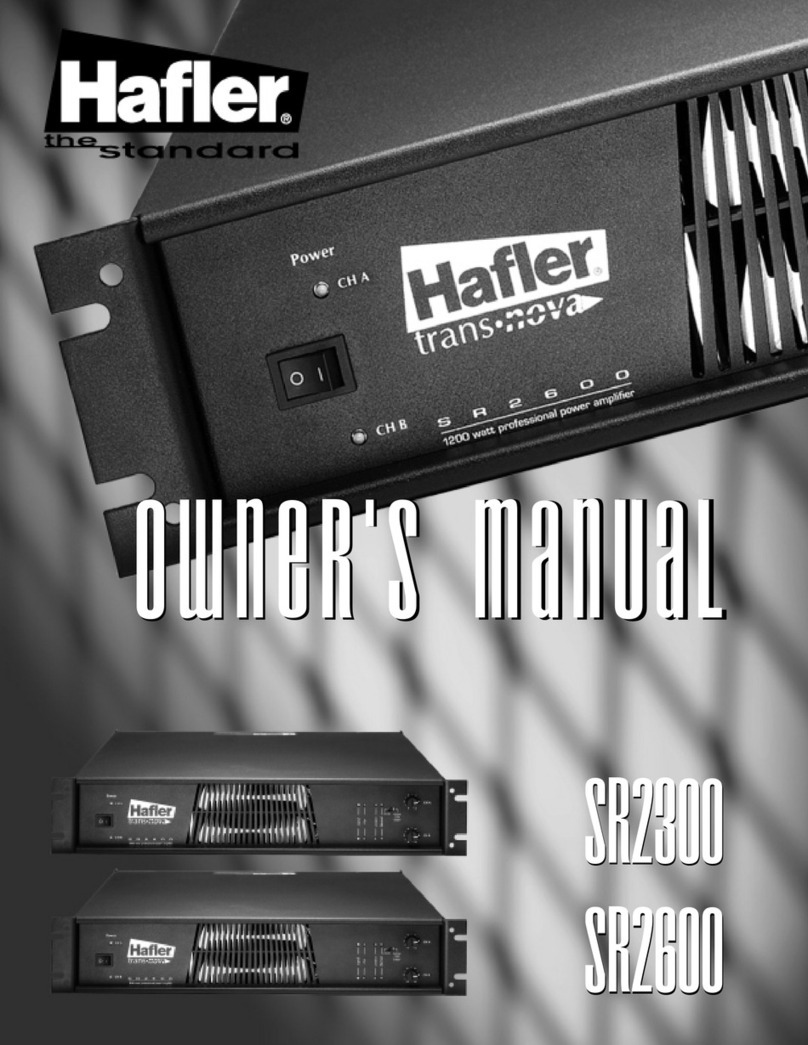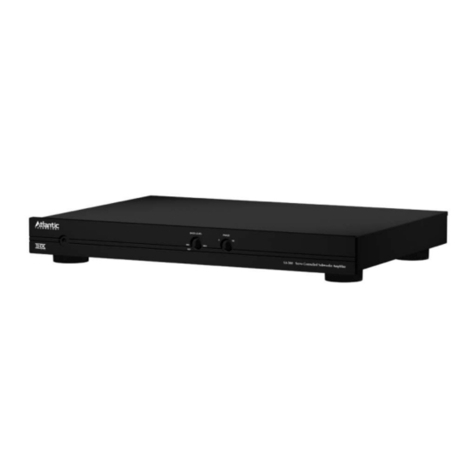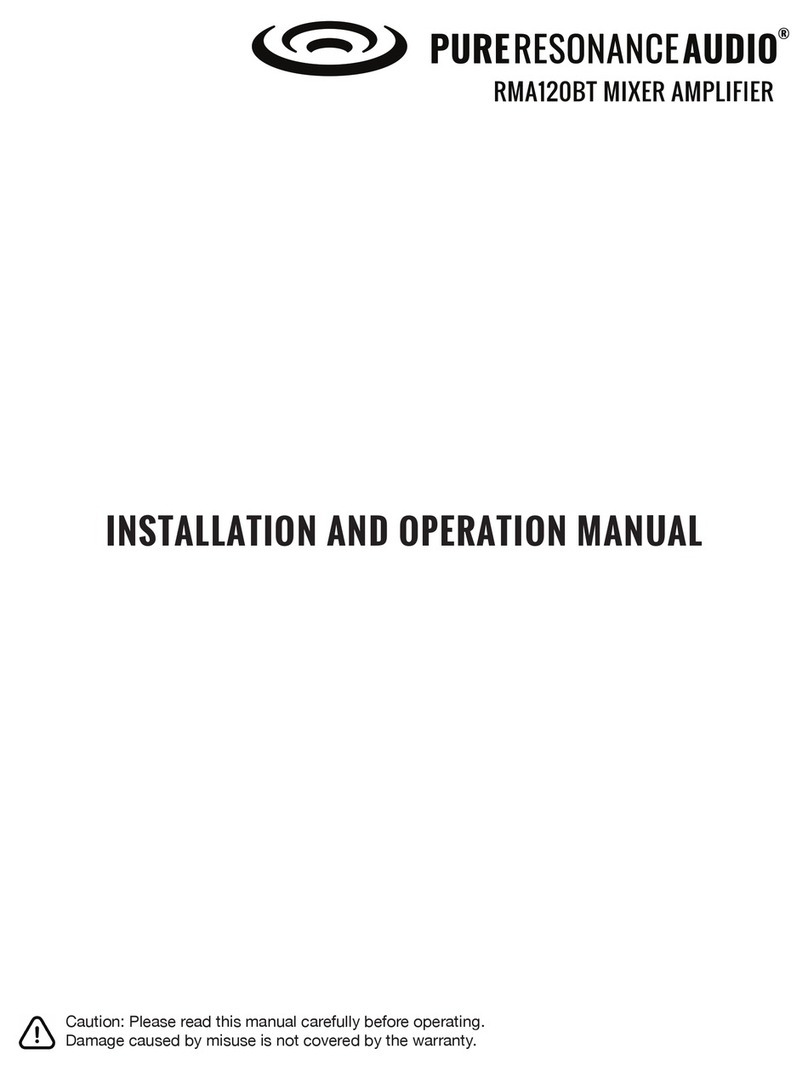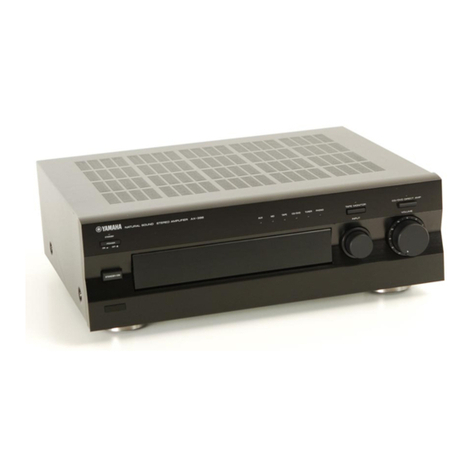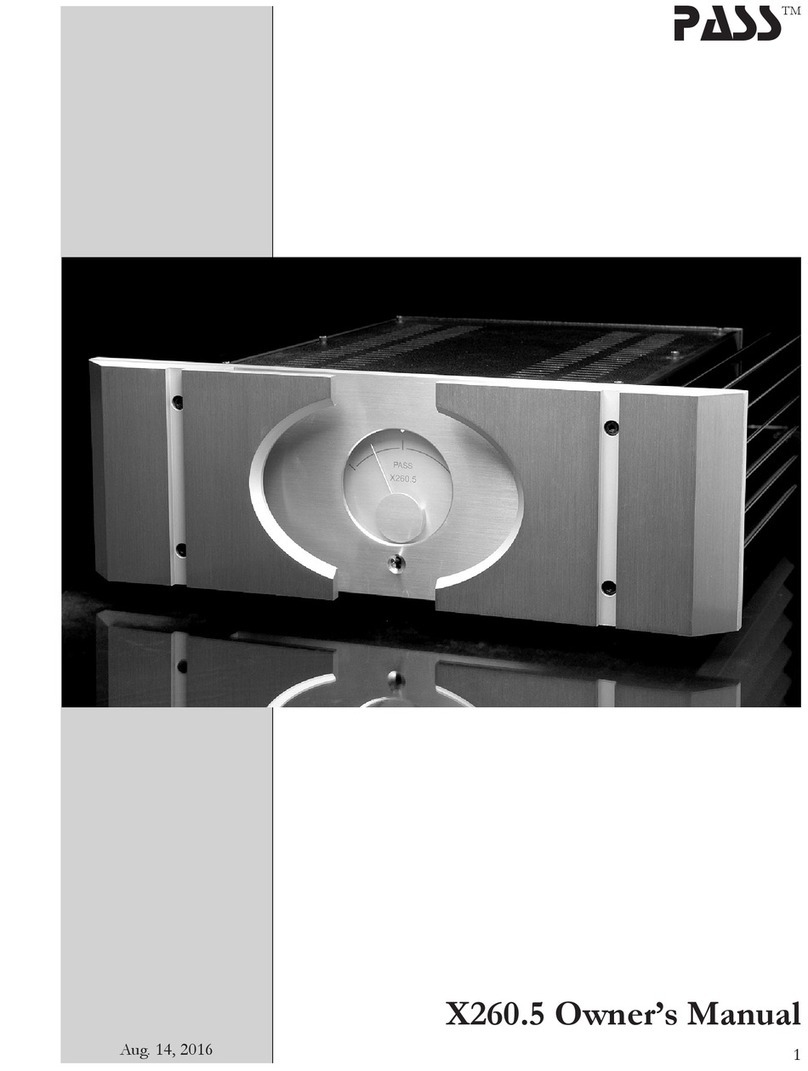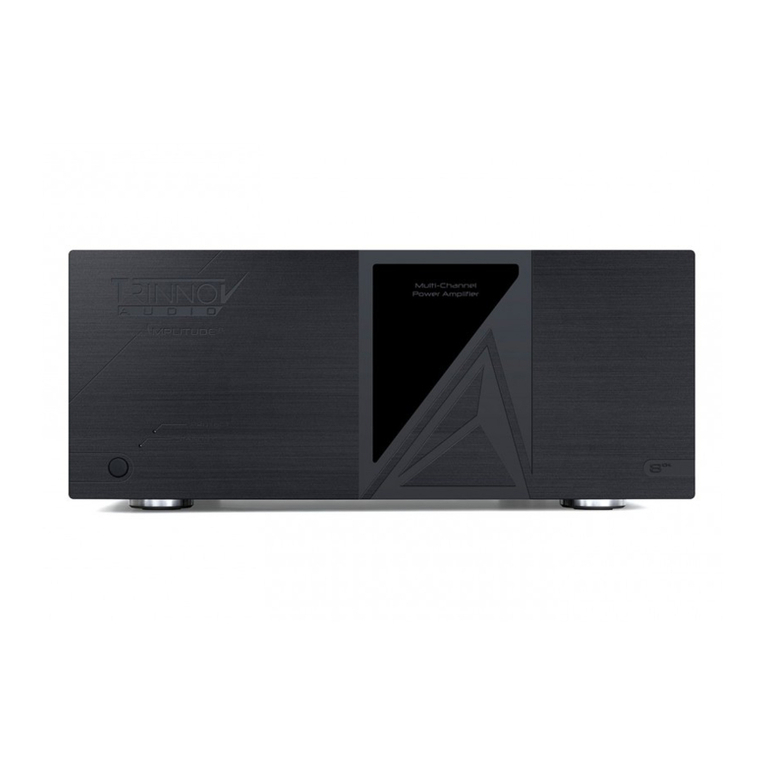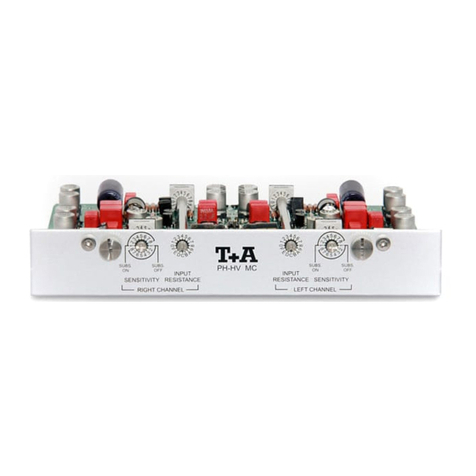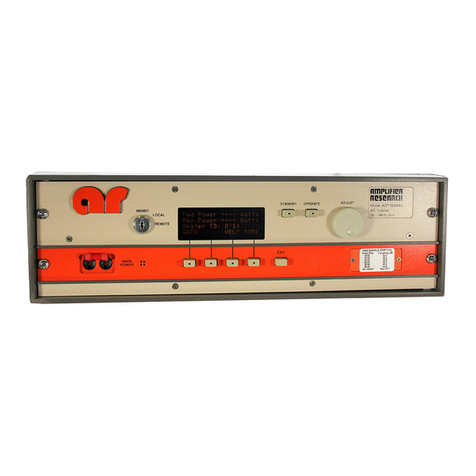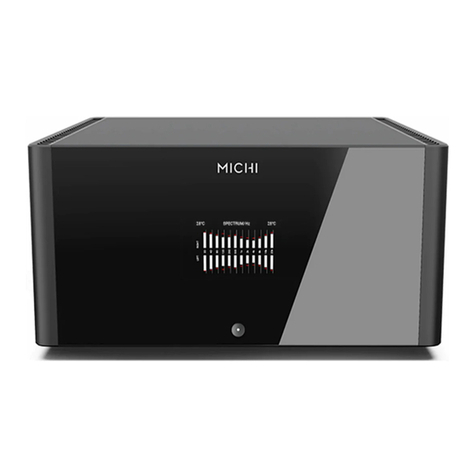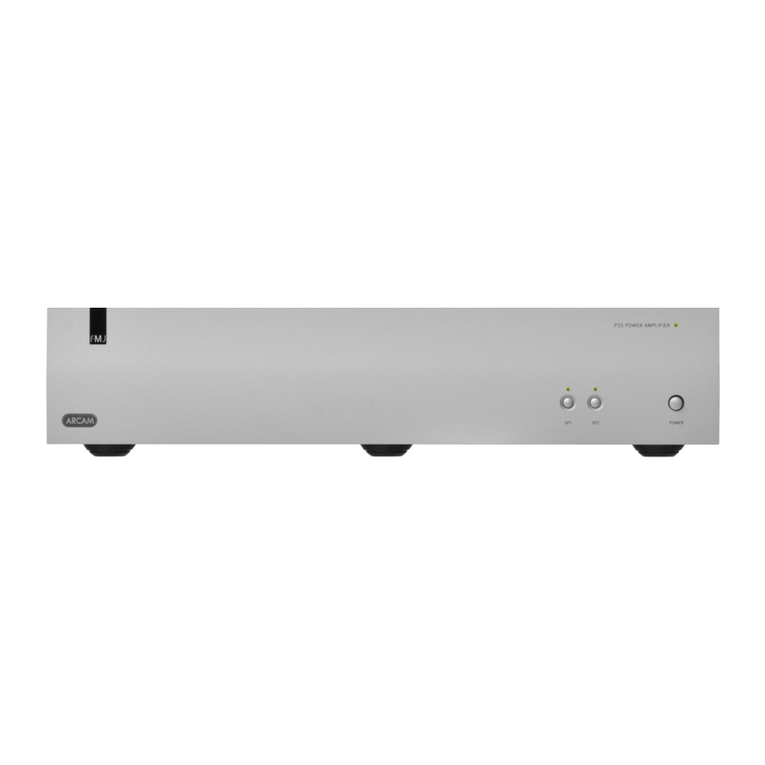
1. Introduction - Product Description
1. Introduction - Product Description1. Introduction - Product Description
1. Introduction - Product Description
Purpose of an Attenuator
Purpose of an AttenuatorPurpose of an Attenuator
Purpose of an Attenuator
Many intage tube guitar amplifiers need to be cranked up to full olume in order to
achie e any amount of o erdri e and distortion. This type of amplifier does not usually
ha e a Master Volume control, and is designed so that all o erdri e and distortion
happens in the output stage, and not in the preamp. An example of this type of amp is
the Fender Deluxe, or Vox AC-30.
This type of amp can create difficulties in managing the olume le el, since it needs to
be running at full output power to achie e o erdri e and distortion. A power attenuator
sol es this problem. It is connected between the output of the amplifier and the
speaker, and it allows you to send a specified fraction of the amp's output power to the
speaker. The remainder of the amp's output power is dissipated within the attenuator
itself. This way, the amp can run at full output power, and control the olume le el
with the attenuator.
Tonal Quality
Tonal Quality Tonal Quality
Tonal Quality
The tonal quality deli ered by an attenuator depends on the design of the attenuator. A
simple, low-cost attenuator will generally deli er less than spectactular results – muddy
sound with blurred attack, buzzy artifacts, and other defects.
The Ironman II Mini employs Tone King's state-of-the-art Ironman II architecture, with
proprietary design features which make it particularly effecti e at maintaining the
natural sound and feel of your amplifier at e en the lowest olume le els.
Tec nical Details
Tec nical DetailsTec nical Details
Tec nical Details
Here are a few of the technical features that make the Ironman II Mini a particularly
transparent, natural sounding attenuator:
1. Tuned Reactive Load
1. Tuned Reactive Load1. Tuned Reactive Load
1. Tuned Reactive Load
To preser e the natural response and feel of an amplifier, it is critical that the
output tubes see the proper loading. The Tuned Reacti e Load of the Ironman-II
mirrors the impedance cur e of a real speaker, which results in a more natural tone
and feel than the simple resisti e load used in most attenuators.
2. Volume Compensation Circuitry
2. Volume Compensation Circuitry2. Volume Compensation Circuitry
2. Volume Compensation Circuitry
The ear percei es sound differently at low and high olume le els, which is why
many attenuators may sound thin and muffled at lower settings. The Ironman II
o ercomes this phenomenon with its' proprietary Volume Le el Compensation
Circuitry. This circuitry adjusts the tonal balance at each attenuation step, to
ensure that the sound you hear is always as deep, rich, and present at low olume
as it is at high olume.
3. Damping Factor Correction
3. Damping Factor Correction3. Damping Factor Correction
3. Damping Factor Correction
A loudspeaker performs differently when dri en with ery little power, compared to
its response at full power. The Ironman-II's Damping Factor Correction Circuitry
compensates for this effect, making the speaker perform more naturally at low
olume so it retains the feel of a cranked amp, e en at bedroom olume.















